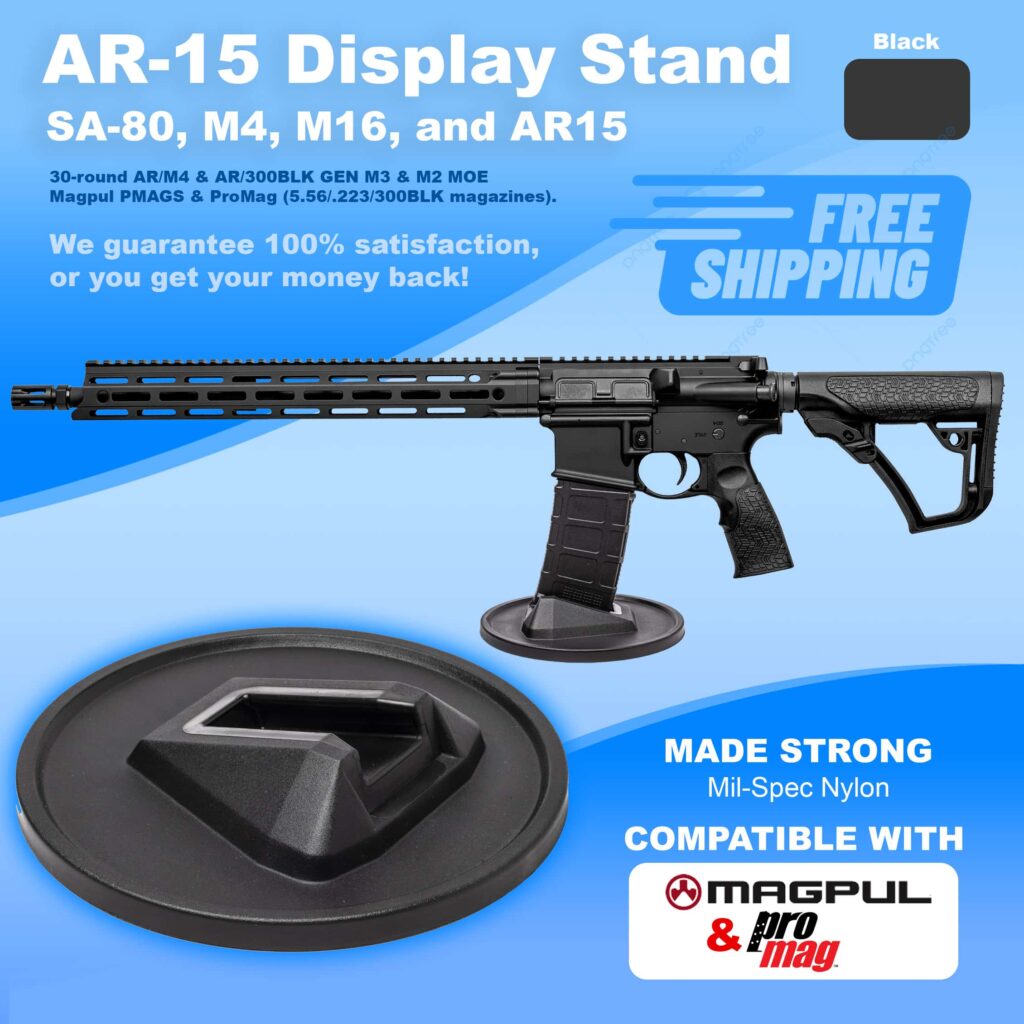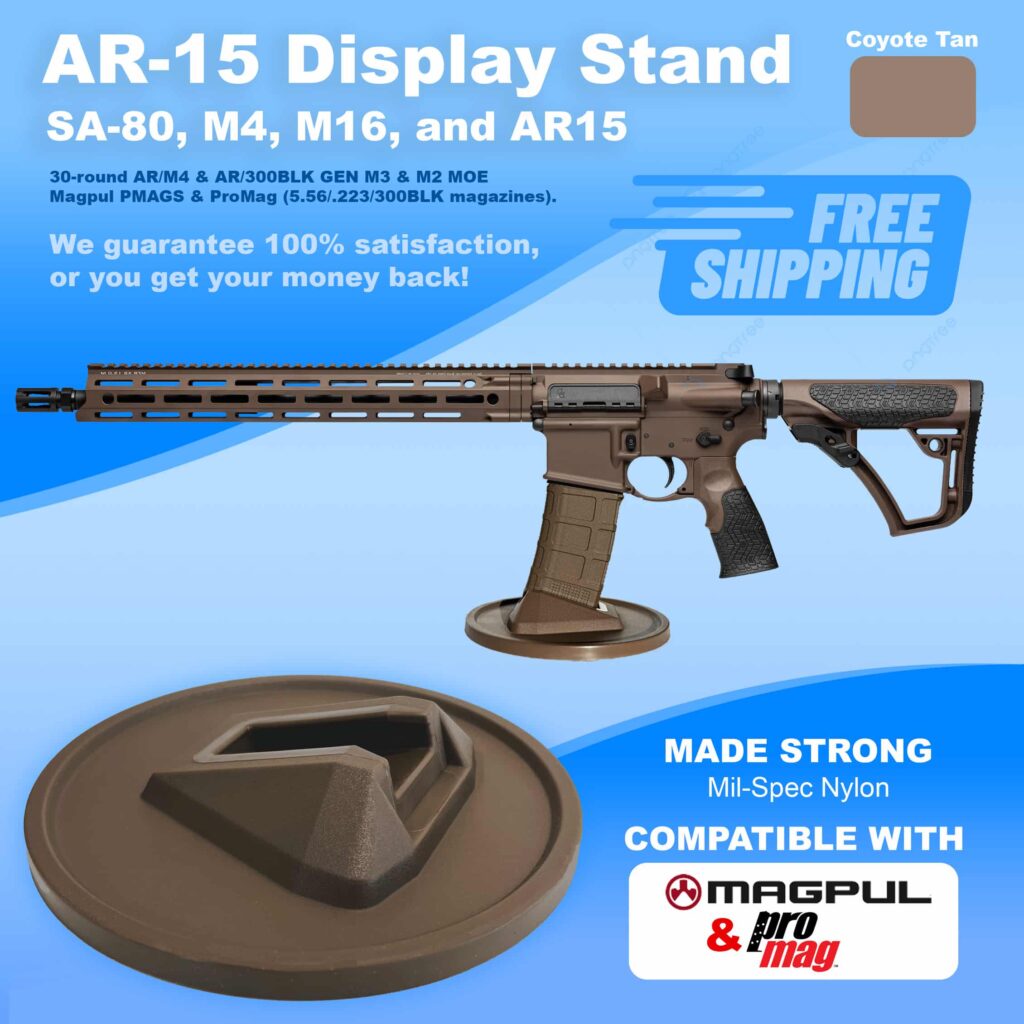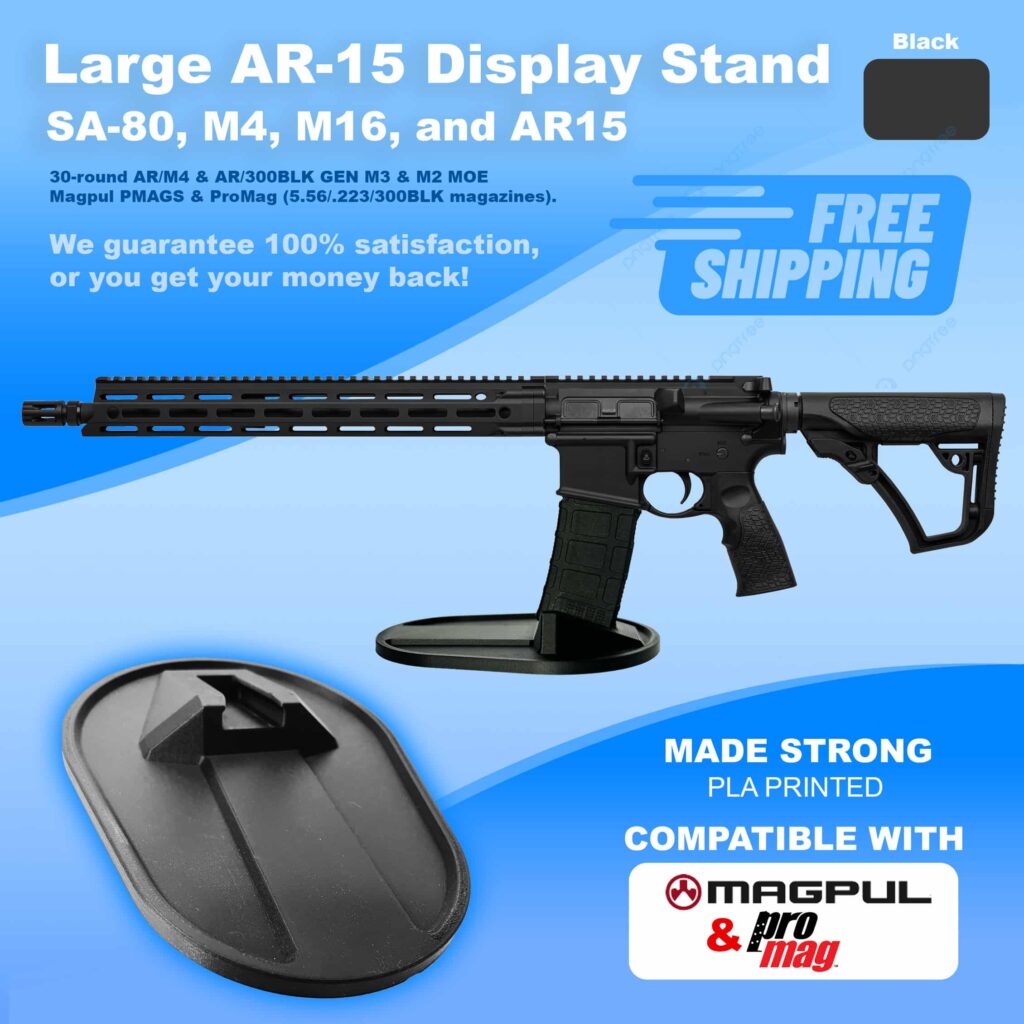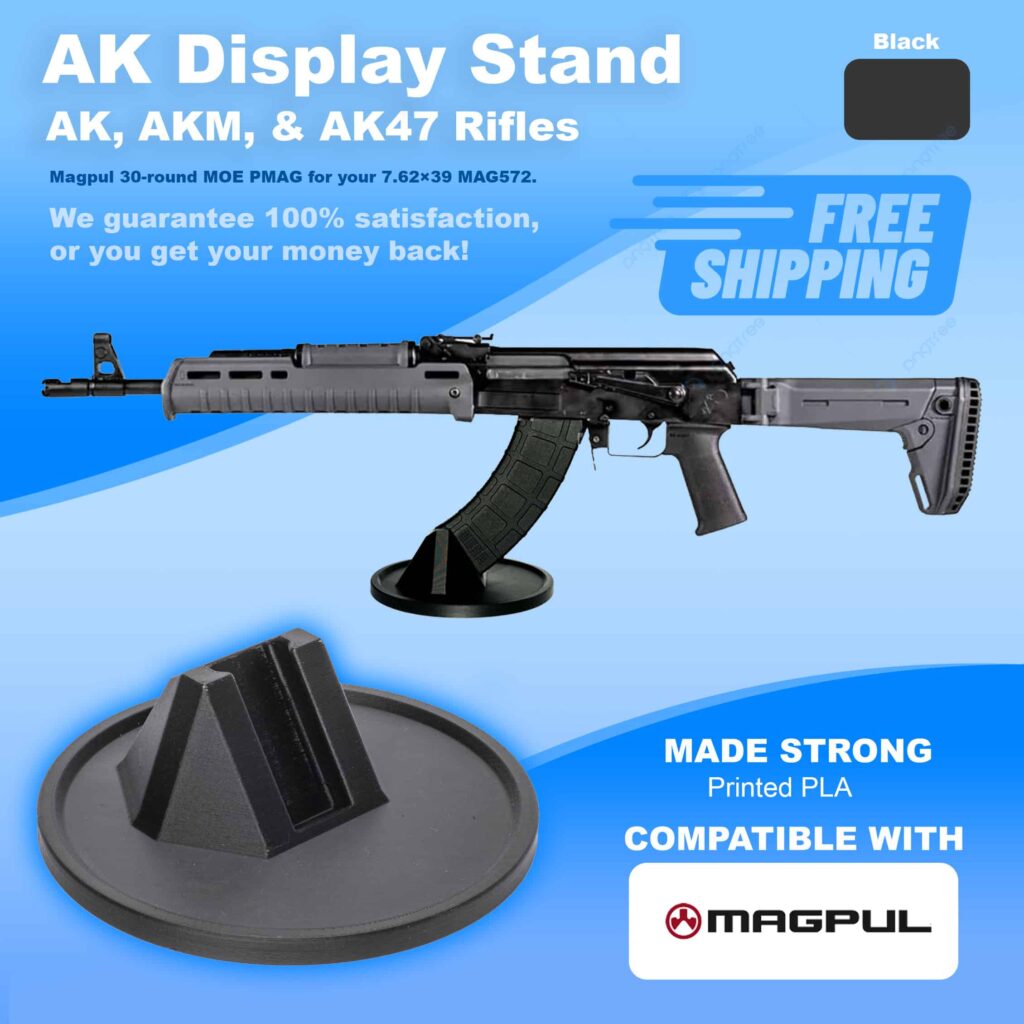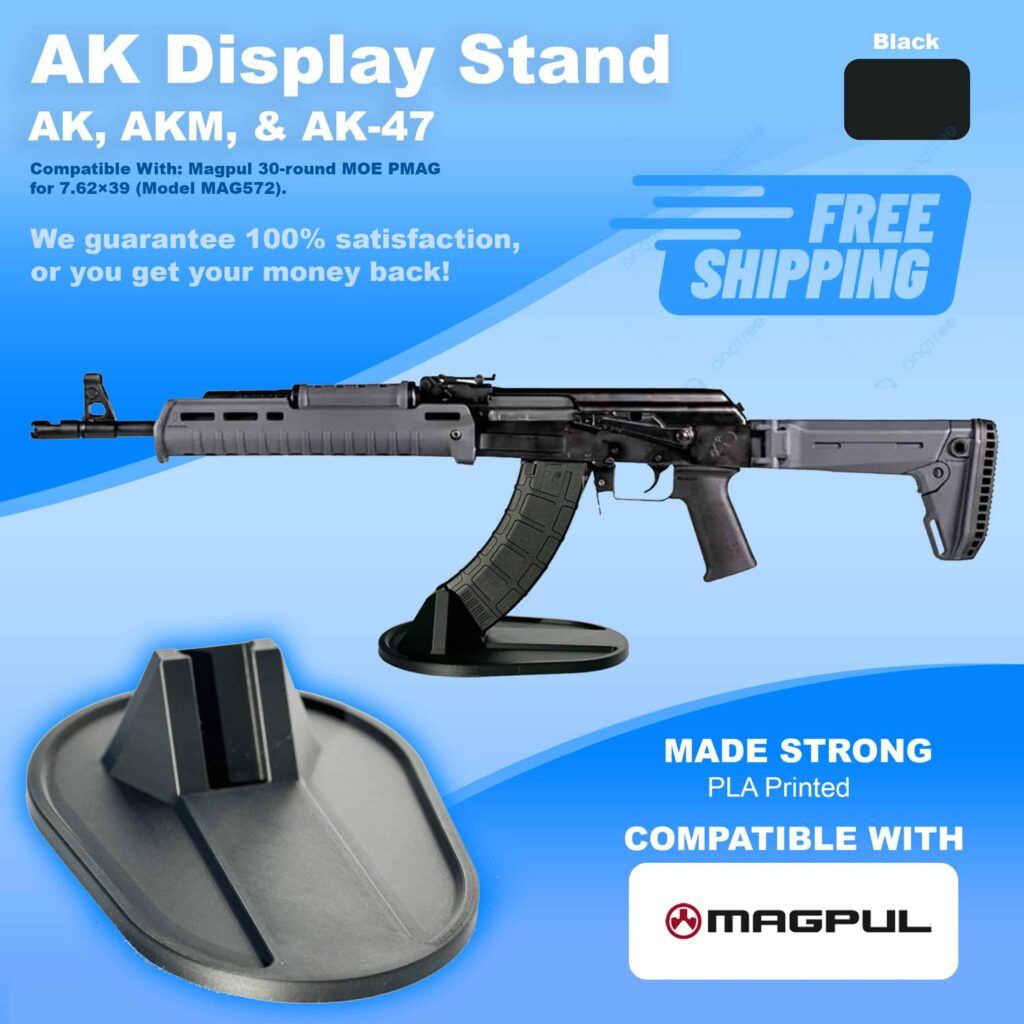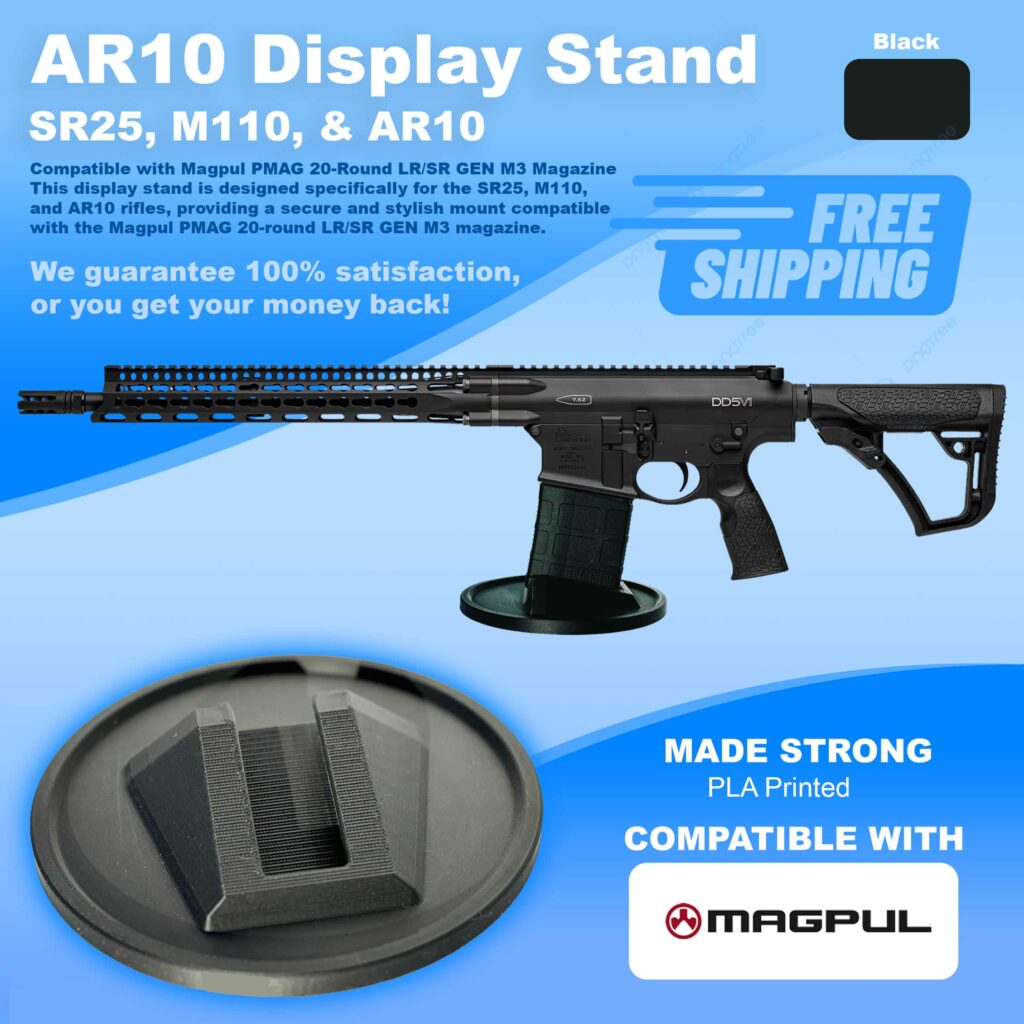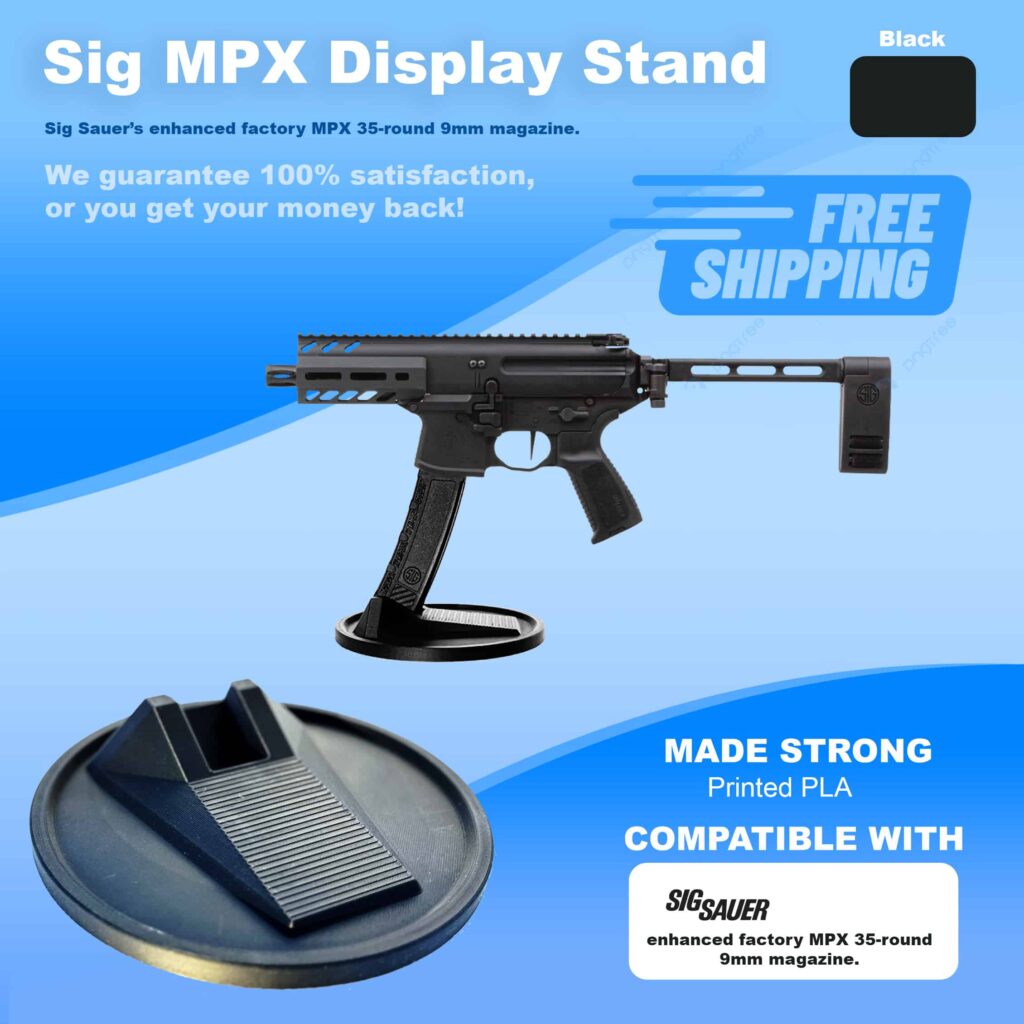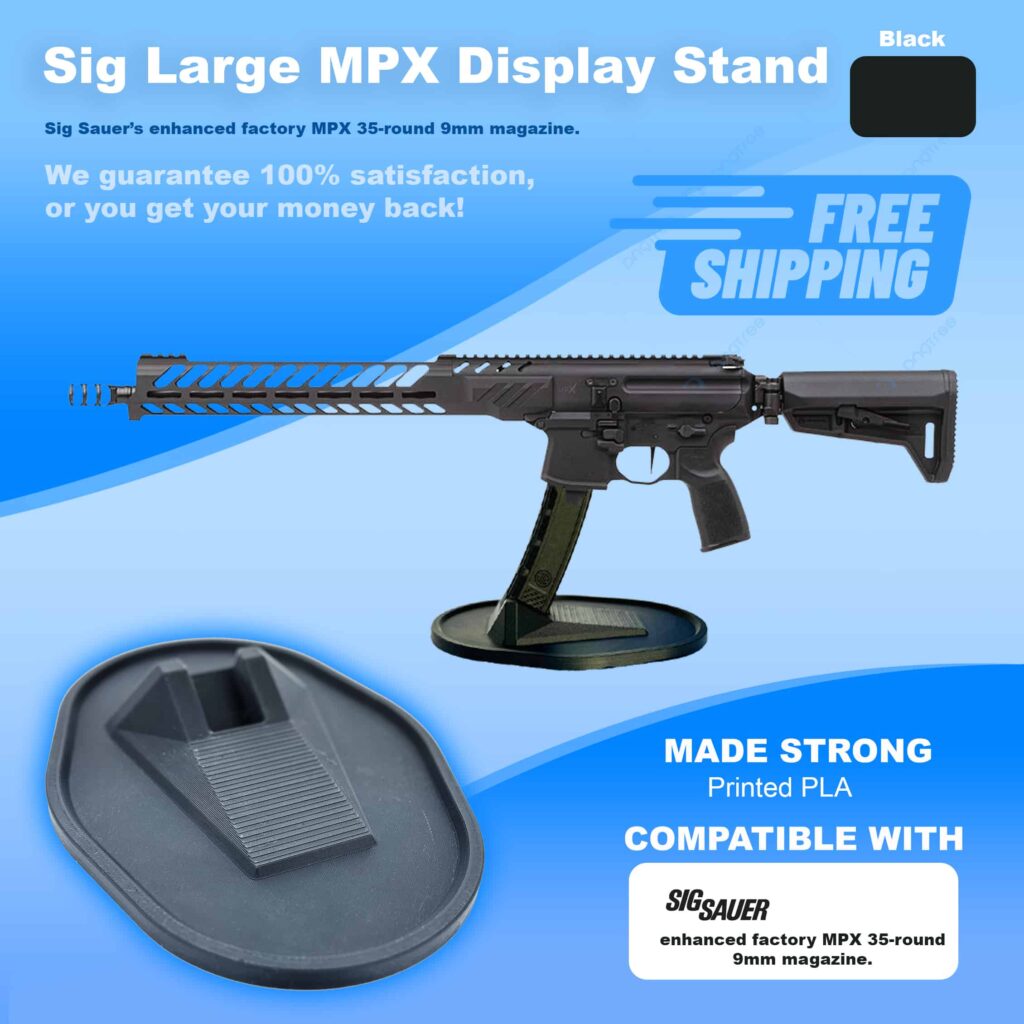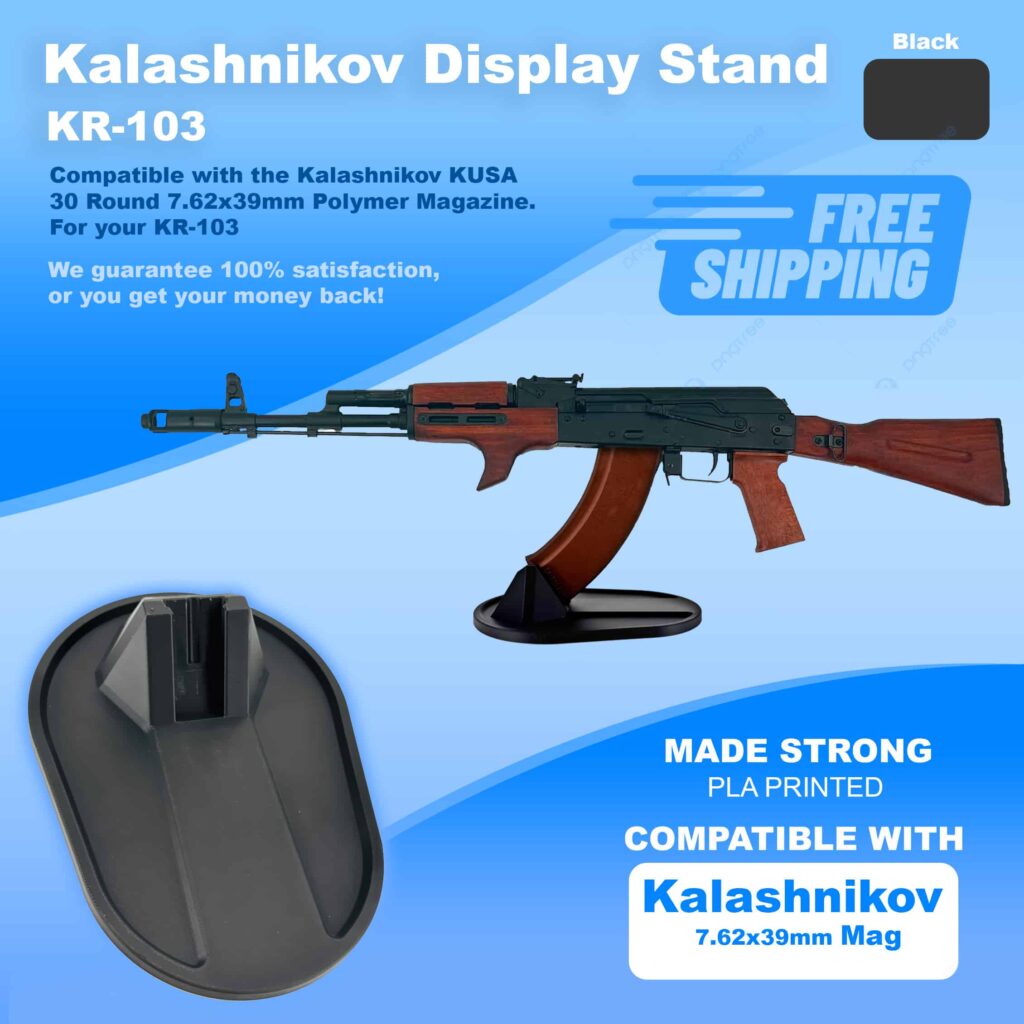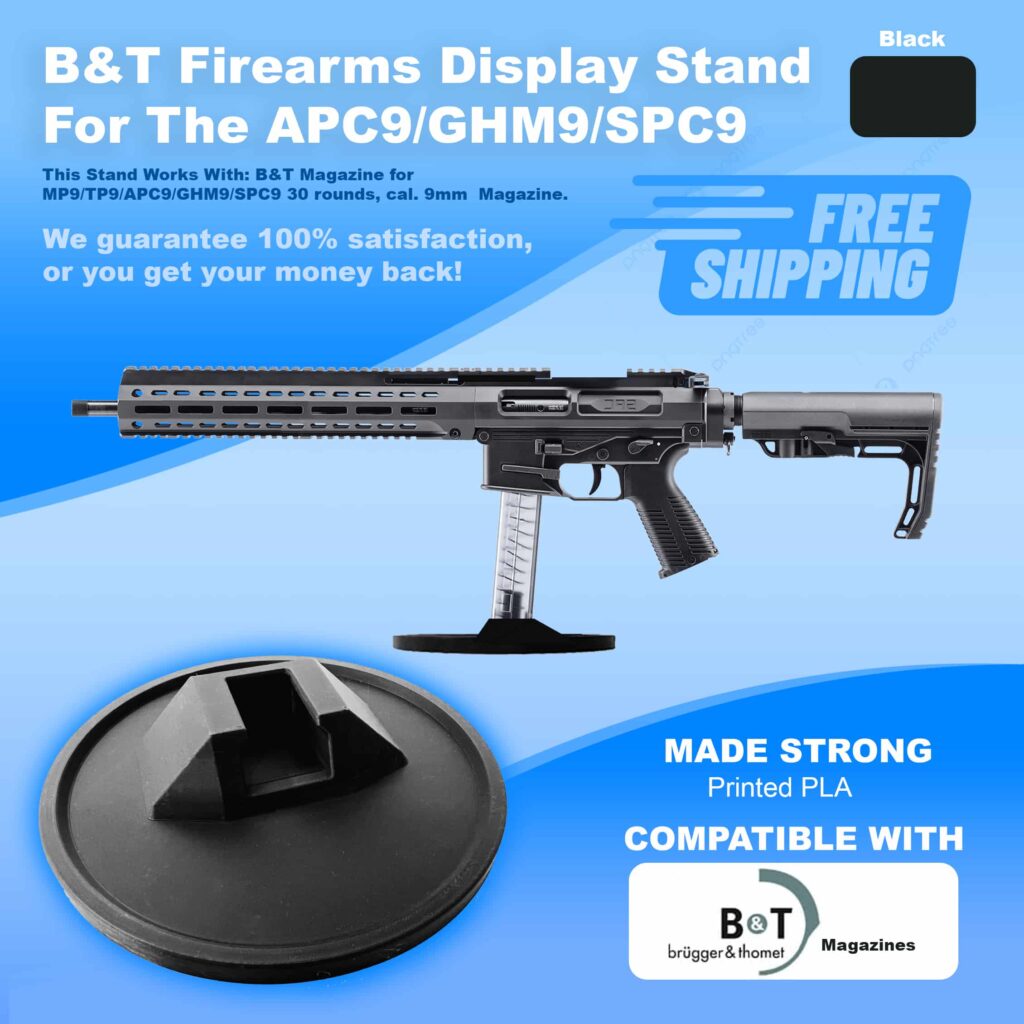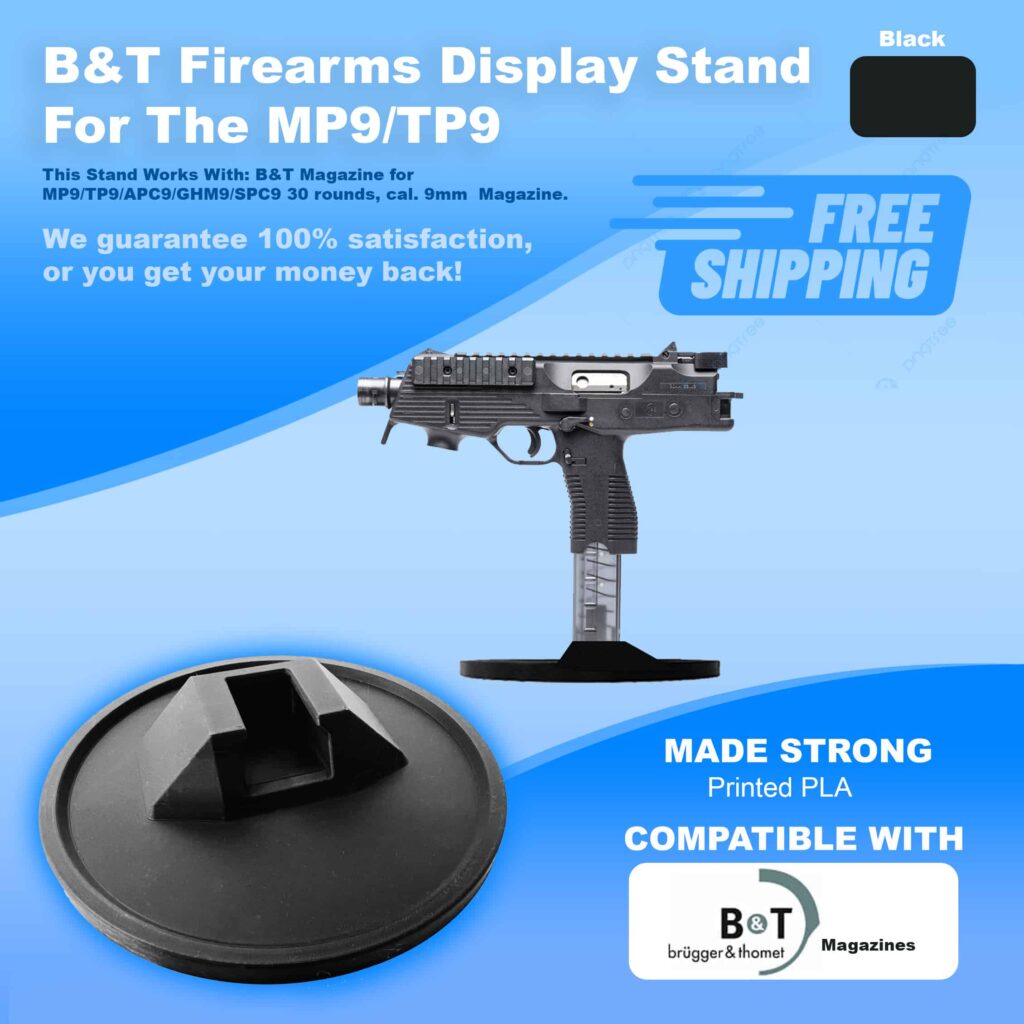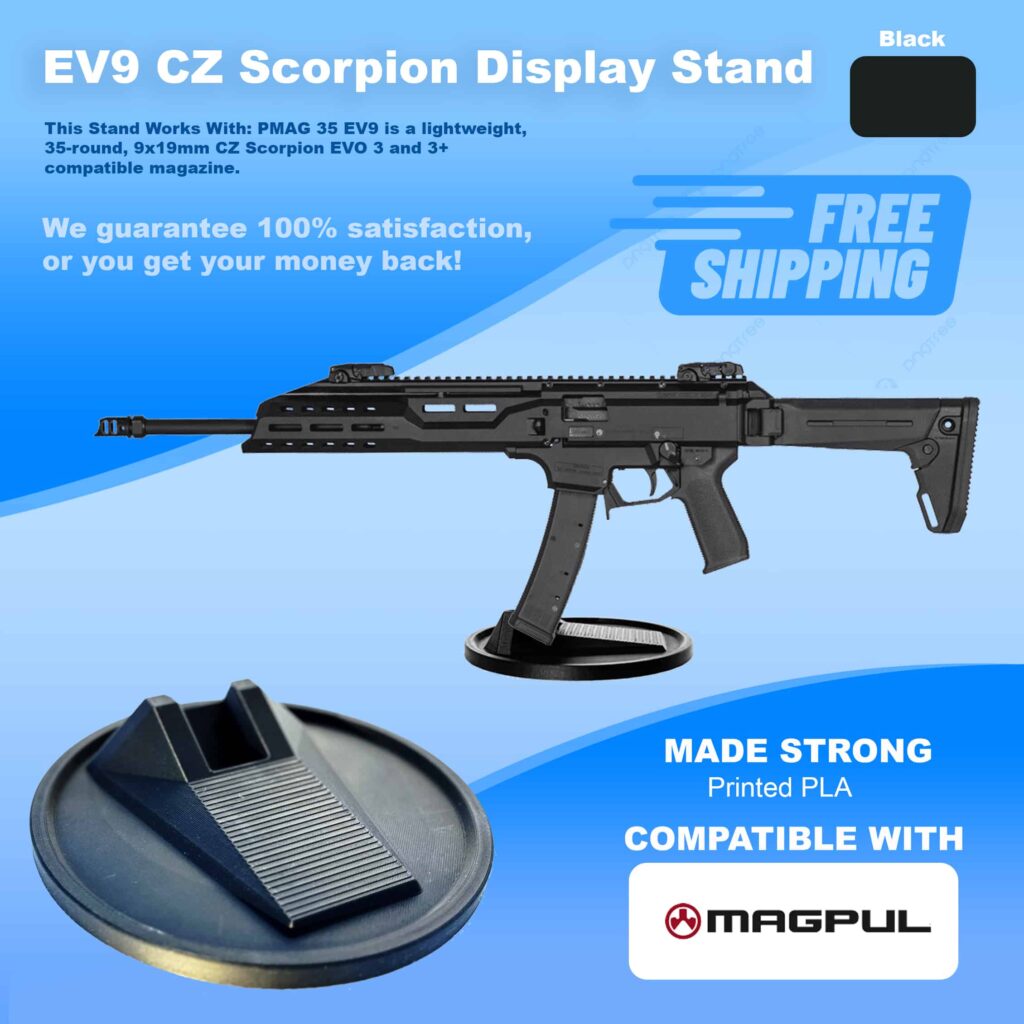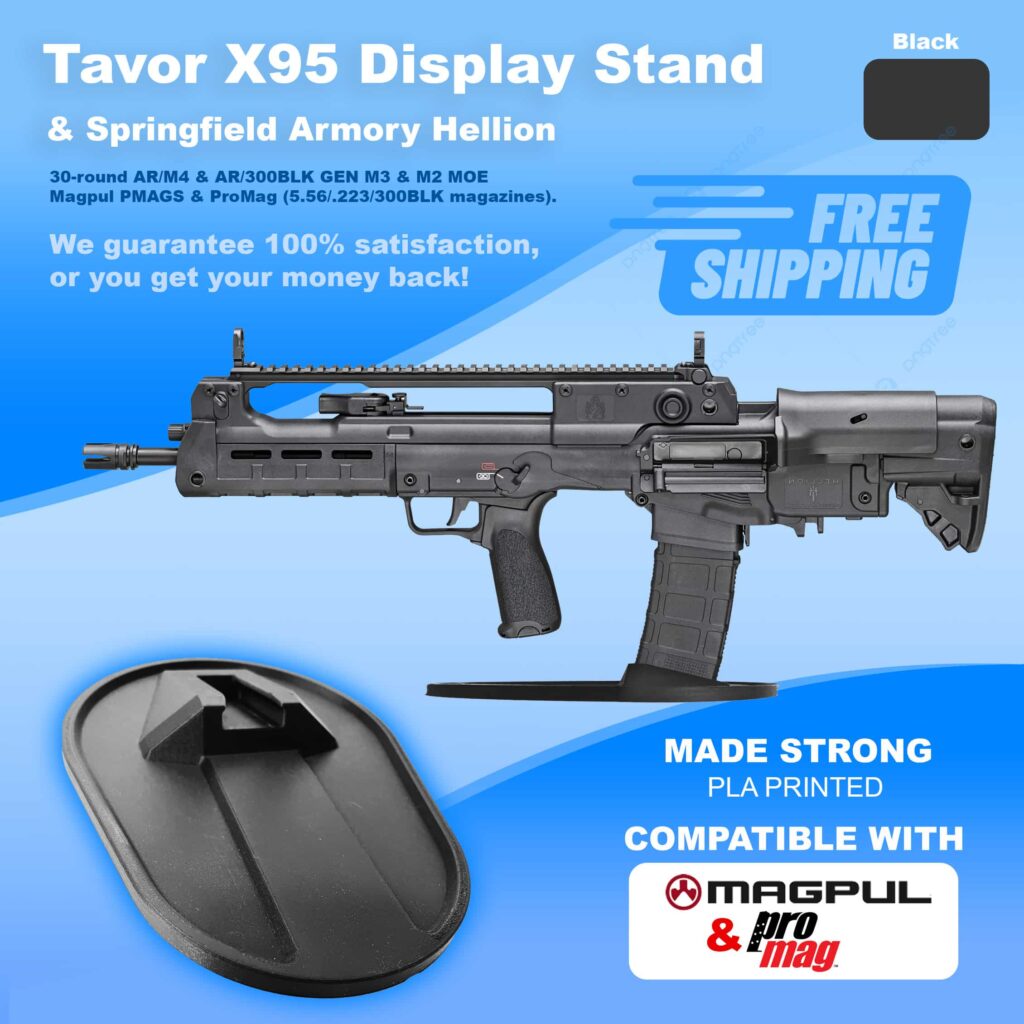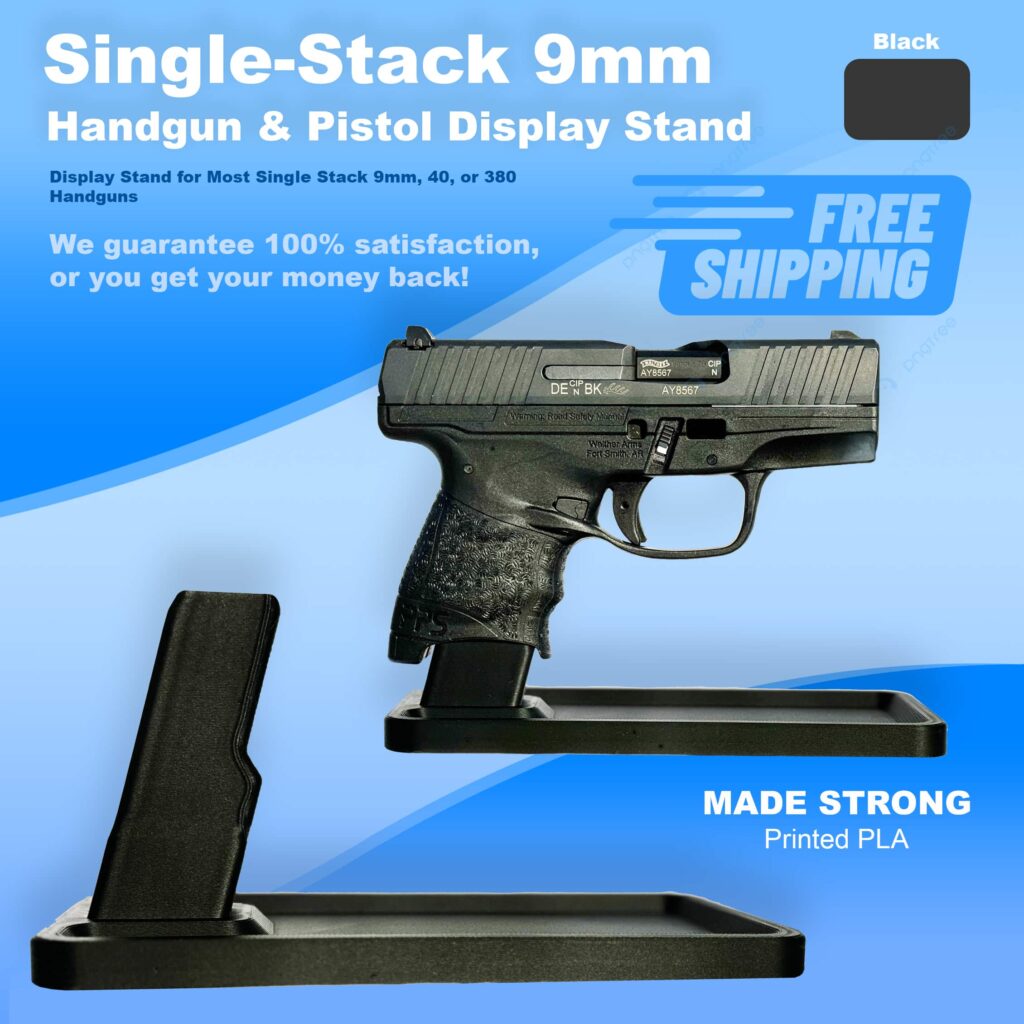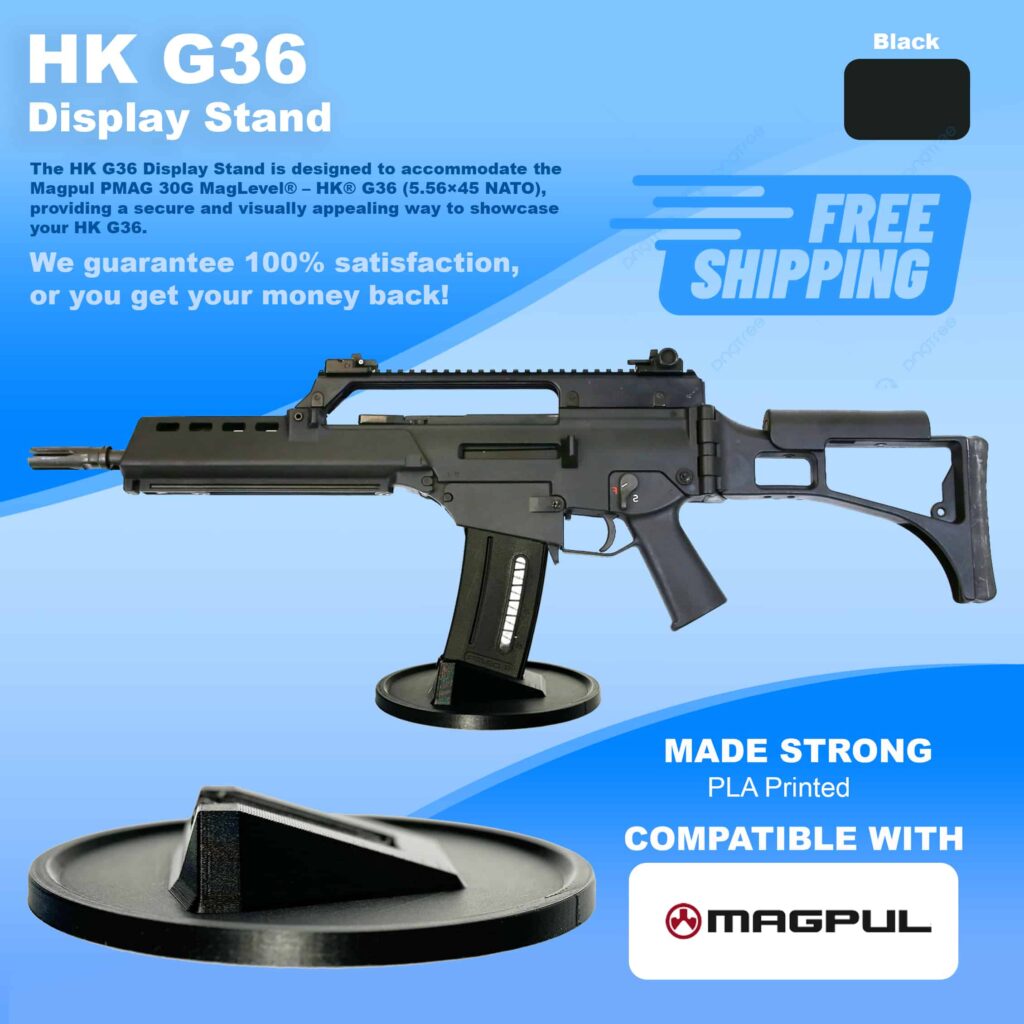Introduction
Military and tactical firearms have long been central to defense, law enforcement, and personal protection. From their development and use in combat situations to their roles in tactical training and civilian use, these firearms are designed for precision, durability, and versatility. This guide explores everything you need to know about military and tactical firearms, from their history to the latest technological advancements and how they are used in various applications.
1. The Evolution of Military and Tactical Firearms
1.1 Early History of Firearms in Warfare
Military firearms have a rich and diverse history. The use of firearms in warfare dates back to the early modern period when gunpowder-based weapons like cannons and muskets began to shape the outcome of battles. From the smoothbore muskets used in the 17th century to the rifled barrels that emerged in the 19th century, each advancement brought increased accuracy, range, and reliability.
1.2 The Rise of Automatic Firearms
The 20th century saw the development of automatic and semi-automatic weapons, including iconic firearms such as the Browning Automatic Rifle (BAR), the Thompson submachine gun, and the AK-47. These weapons revolutionized infantry tactics, allowing soldiers to engage enemies more effectively at a faster rate of fire.
1.3 Modern Firearm Development
In the modern era, military firearms have become more specialized and efficient, incorporating cutting-edge materials and technology. Firearms like the M16 and M4 carbine, designed for versatility and modularity, became staples in military arsenals worldwide. The rise of tactical firearms, capable of adapting to various mission types, further altered the landscape of modern warfare.
2. Types of Military and Tactical Firearms
2.1 Assault Rifles
Assault rifles are one of the most well-known categories of military firearms. These rifles are capable of both semi-automatic and fully automatic fire, making them ideal for combat situations. Some of the most famous assault rifles include:
- AK-47: Known for its reliability and simplicity, the AK-47 is one of the most widely used firearms worldwide.
- M16/M4: The standard issue for the U.S. military, these rifles are known for their modularity and precision.
2.2 Submachine Guns
Submachine guns (SMGs) are compact, fully automatic firearms designed for close-range combat. They are popular with military and law enforcement for situations that require rapid movement and close-quarter engagements. Notable examples include:
- Uzi: A famous Israeli-designed submachine gun known for its compact design.
- MP5: A German-made SMG known for its accuracy and reliability.
2.3 Sniper Rifles
Sniper rifles are designed for precision shooting at long ranges. These rifles are equipped with high-powered optics and are used by specialized military personnel to eliminate targets from a distance. Key sniper rifles include:
- M40: A precision rifle used by the U.S. Marine Corps.
- Dragunov SVD: A Soviet-designed semi-automatic sniper rifle.
2.4 Machine Guns
Machine guns are designed to provide sustained firepower over long periods. They are typically used to support infantry units and suppress enemy forces. Some well-known machine guns include:
- M249 SAW: A light machine gun used by U.S. forces, known for its high rate of fire.
- PKM: A Russian-made general-purpose machine gun used by various armed forces.
2.5 Handguns
While handguns are not the primary weapon for most military personnel, they are essential sidearms for officers, special forces, and certain support personnel. Popular military handguns include:
- Beretta M9: The standard-issue sidearm for the U.S. military for several decades.
- SIG P320: The current standard issue for the U.S. military, replacing the M9.
3. Tactical Firearms and Their Applications
3.1 What is Tactical Firearms?
Tactical firearms are designed for specialized use, typically by military, law enforcement, and special forces. They are intended to provide operators with greater control, customization, and effectiveness in complex environments. These firearms can be anything from assault rifles with scopes to handguns with suppressors and extended magazines.
3.2 Tactical Shotguns
Tactical shotguns are primarily used for close-quarters combat and law enforcement raids. They are versatile and can be equipped with various ammunition types, such as buckshot, slugs, or less-lethal rounds.
- Mossberg 500: A popular choice for military and police forces.
- Remington 870: Known for its reliability and ease of use in tactical settings.
3.3 Tactical Gear and Accessories
Tactical firearms are often paired with various accessories designed to improve performance, such as:
- Red Dot Sights: Provide quick target acquisition and increased accuracy.
- Suppressors: Used to reduce the noise and flash of a firearm, often critical in special operations.
- Bipods and Foregrips: Help stabilize the firearm for precision shooting.
- Flashlights and Lasers: Mounted to provide visibility in low-light conditions.
4. Popular Military and Tactical Firearm Manufacturers
4.1 Colt Manufacturing Company
Colt is one of the most iconic names in firearms manufacturing. Known for producing the M1911 pistol and the M16/M4 rifles, Colt has been integral to military and law enforcement forces around the world.
4.2 Heckler & Koch (H&K)
Heckler & Koch is known for its precision-engineered firearms, including the MP5 submachine gun and the G36 assault rifle. H&K firearms are renowned for their durability and reliability in combat situations.
4.3 FN Herstal
FN Herstal, a Belgian firearms manufacturer, produces a wide variety of military firearms, including the F2000 and SCAR series of rifles. FN’s firearms are used by military forces worldwide.
4.4 Glock
Although best known for its handguns, Glock has made a name for itself in the tactical firearms world with reliable pistols such as the Glock 17 and Glock 19, which are used by military and law enforcement personnel globally.
5. Legal Considerations and Ownership of Military and Tactical Firearms
5.1 Understanding Gun Laws
The ownership of military-style firearms is subject to strict regulations in many countries. In the United States, laws vary by state, with some states allowing civilians to own certain tactical firearms, while others have stricter regulations. It’s important for firearm owners to be aware of local laws regarding ownership, transportation, and use.
5.2 NFA (National Firearms Act) Firearms
Certain firearms, such as machine guns, suppressors, and short-barrel rifles, are regulated by the National Firearms Act (NFA) in the United States. These weapons require additional paperwork, background checks, and tax stamps to be legally owned.
5.3 Military-Grade Firearms for Civilians
While civilians are generally prohibited from owning fully automatic military firearms, there are exceptions, and some models can be purchased as semi-automatic variants. Additionally, many tactical firearms used by the military are available to civilians in modified forms.
6. Military and Tactical Firearms in Popular Culture
6.1 Firearms in Movies and TV Shows
Military and tactical firearms have become iconic in movies, TV shows, and video games. From the assault rifles used in action movies to the tactical gear worn by characters in law enforcement dramas, these firearms are a staple in modern entertainment.
6.2 Video Games and Military Simulations
Video games like Call of Duty, Battlefield, and Rainbow Six Siege feature military and tactical firearms in a way that appeals to players looking for realistic combat experiences. These games often include real-world firearm models and realistic tactical scenarios.
7. Maintenance and Care of Military and Tactical Firearms
Proper maintenance of military and tactical firearms is essential to ensure reliability and longevity. Regular cleaning, lubrication, and inspection for wear are crucial steps in maintaining firearm performance.
- Cleaning: Proper disassembly and cleaning of the firearm after use.
- Lubrication: Applying appropriate lubricants to reduce friction and prevent rust.
- Inspection: Checking for any signs of damage or malfunction, particularly after heavy use.
Conclusion
Military and tactical firearms play a critical role in defense, law enforcement, and personal protection. Whether you’re a history enthusiast, a firearm owner, or a professional, understanding these weapons’ technology, history, and applications is essential to appreciate their role in modern society. From the iconic assault rifles to the specialized sniper rifles, these firearms continue to evolve and shape combat tactics and security operations around the globe.
